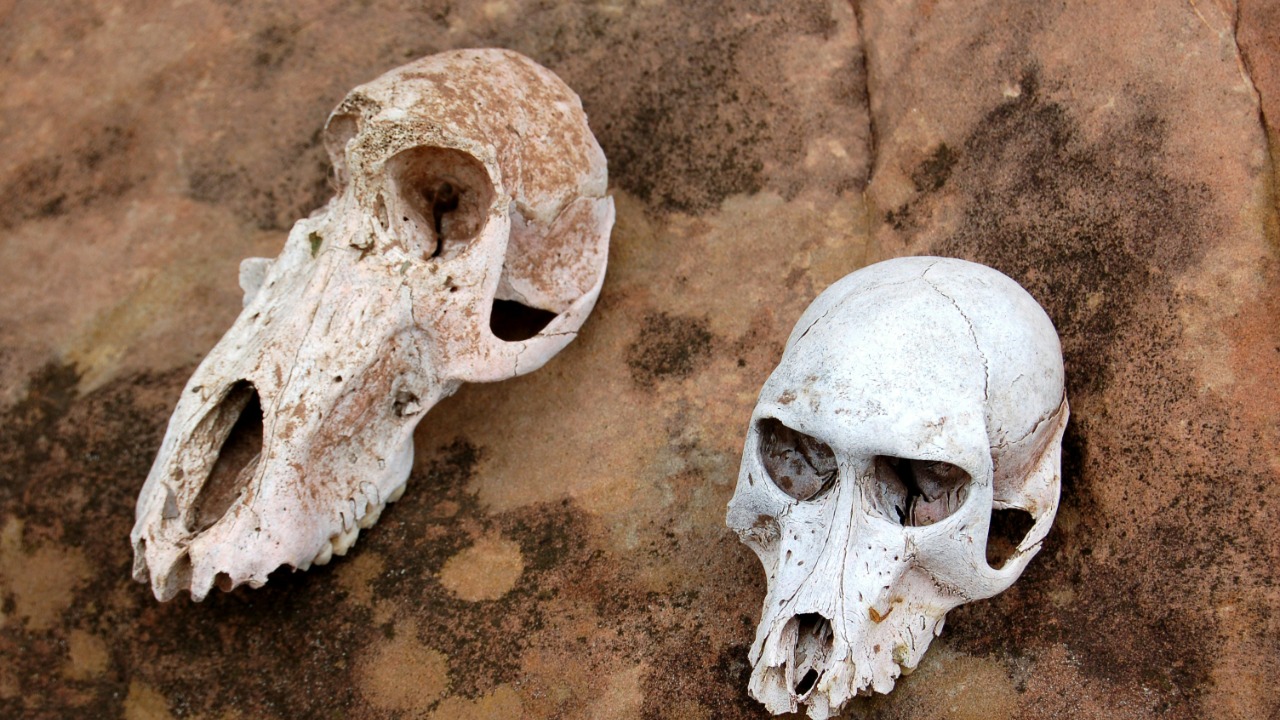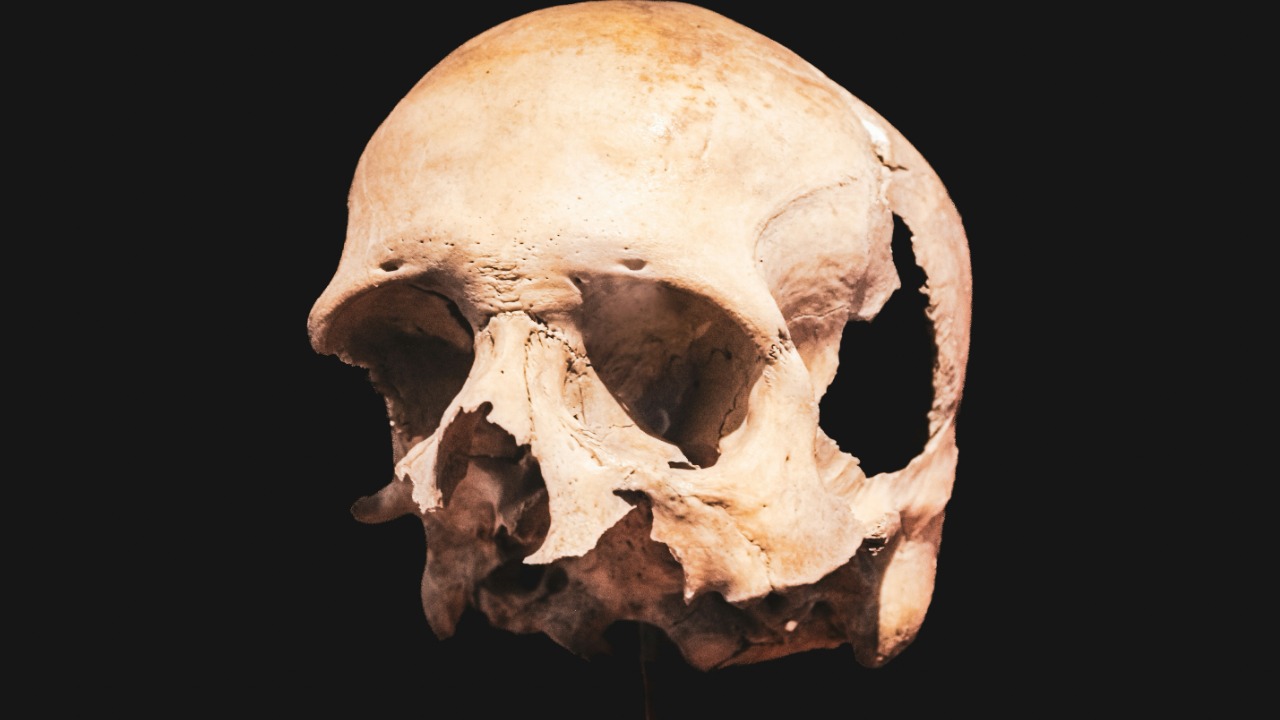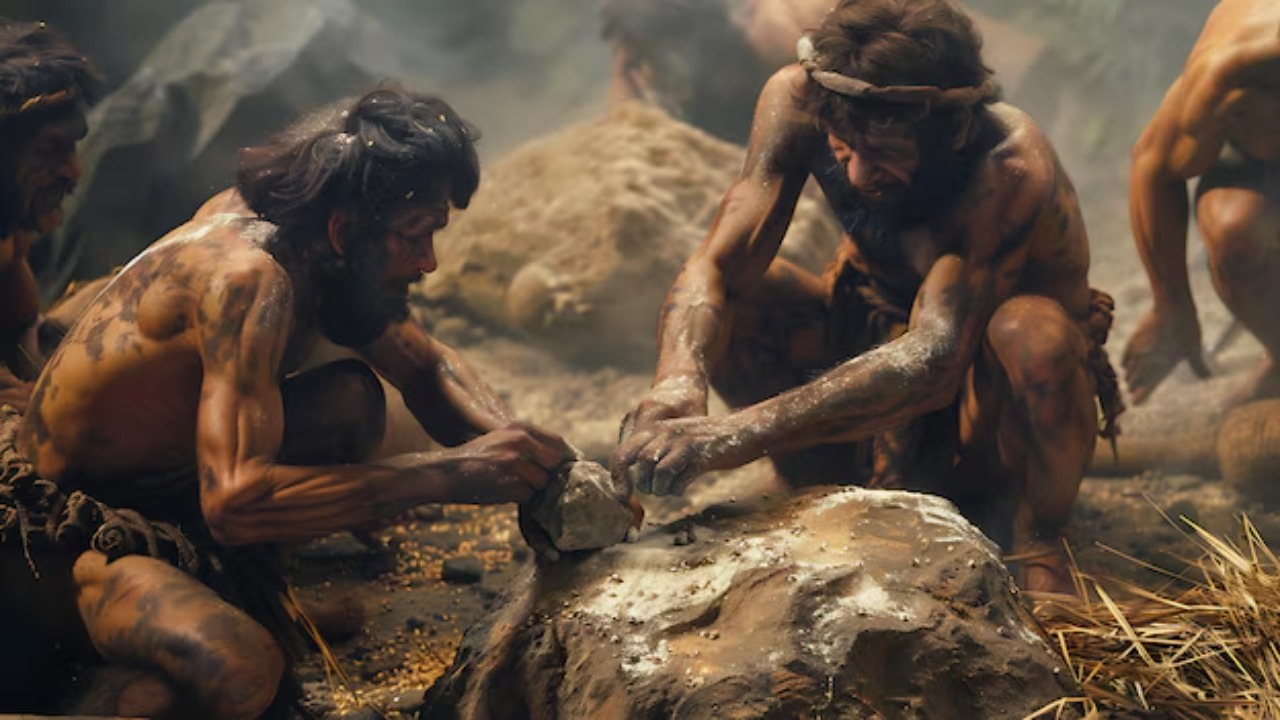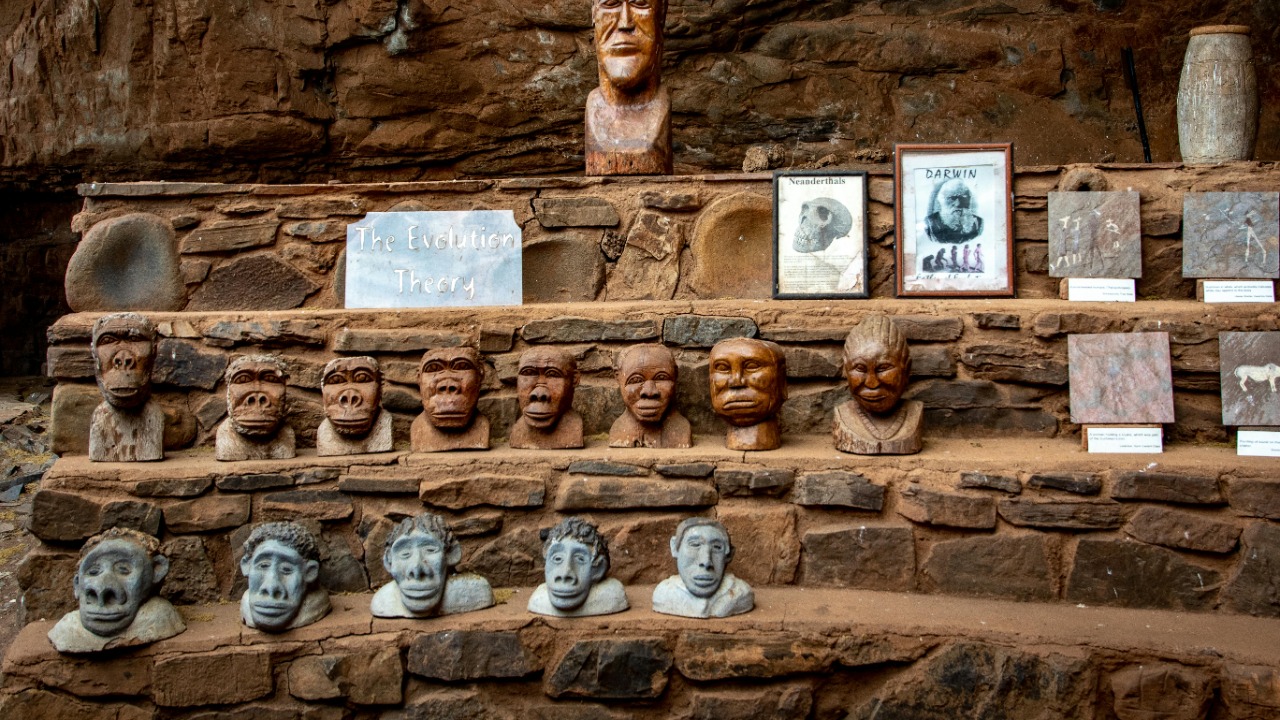
Recent fossil discoveries lend credence to the fascinating proposition that non-human species may have coexisted alongside our early human forebears. These unearthed remnants provide a glimpse into the enigmatic counterparts of our ancestors, prompting a reevaluation of our understanding of human evolution.
1. Unearthing the Past: Recent Fossil Discoveries

Among the significant discoveries that have shed light on the prehistoric world is a 1.8 million-year-old human jawbone unearthed in the Republic of Georgia. This ancient specimen potentially represents the earliest evidence of Homo erectus, a precursor to modern humans. The jawbone, with its distinct features characteristic of later human species, provides us with a tangible connection to our distant ancestors.
Another intriguing discovery was made in Afar, Ethiopia, where fossils suggest that Australopithecus and Homo species may have coexisted. These findings challenge previous assumptions that these two species existed in separate timelines, thus adding a new layer of complexity to our understanding of human evolution.
2. The Enigma of Homo Floresiensis: A Unique Non-Human Species

One of the most intriguing non-human species discovered is Homo floresiensis, a unique human-like species found in Indonesia. This species was distinguishable by its petite stature and distinctive features, which have prompted scientists to nickname it “the Hobbit.” The mystery surrounding Homo floresiensis continues to fascinate scientists, prompting further research into their origins and lifestyle.
A potential connection between Homo floresiensis and ancient teeth discovered in China suggests the existence of a new human species. These ancient teeth share remarkable similarities with Homo floresiensis, indicating a possible link between these two species. This discovery broadens our understanding of the diversity and adaptability of early hominins.
3. Parallel Evolution: Coexistence of Different Species

The concept of parallel evolution provides an explanation for the simultaneous existence of multiple species. According to this theory, different species can develop similar traits or characteristics independently, as a result of adapting to similar environments or ecological niches. This theory provides a plausible framework for understanding the coexistence of different species in the same geologic time frame.
Evidence, such as the discovery of a previously unknown cousin of the famous “Lucy,” suggests that multiple species may have cohabitated at the same site. This new discovery adds another dimension to our understanding of early human habitats and their interaction with other species.
4. Implications for Understanding Human Evolution

These discoveries challenge the traditional linear model of human evolution, which posits a single lineage from early hominins to modern humans. The coexistence of different species suggests a more complex evolutionary tree, characterized by branching lineages and potentially, parallel evolution.
The potential impact of these findings on our understanding of human development cannot be overstated. They underscore the need for a more nuanced understanding of human evolution, emphasizing the themes of diversity and adaptability. They also highlight the resilience of our ancestors and their ability to survive and thrive in diverse environments.
5. The Future of Paleoanthropology: What Lies Ahead?

The findings have invigorated the field of paleoanthropology and opened up new areas of research. The discovery of previously unknown species and the evidence of cohabitation presents a wealth of opportunities for future research. These studies could yield new insights into the behavior, diet, and migration patterns of our ancestors.
The future of paleoanthropology looks promising, and future fossil discoveries may reveal more about our human ancestors and their non-human compatriots. As we continue to explore our past, we may find that the story of human evolution is far more complex and fascinating than we ever imagined. The search for our long-sought ancestors is far from over, and each new discovery brings us one step closer to understanding our own origins.